
In which of the following pairs, the two species are iso-structural?
A.
B.
C.
D.
Answer
511.8k+ views
Hint: Iso-structural is defined as those species which contain the same number of atoms arranged in the same structural form which same number of chemical bonds and lone pairs of electrons..
Complete step by step answer:
A.
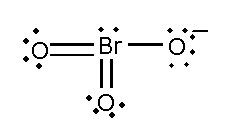
In this compound, the total number of atoms present in this structure is 4, lone pair present is 7, minus charge shows that it contains extra electrons.
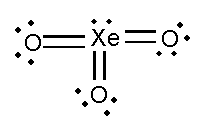
In this compound, the total number of atoms present in this structure is 4, lone pair present is 7.
Both the given structures are isostructural to each other.
B.
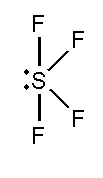
In this compound, the total number of atoms present in this structure is 4, lone pair present is 1.
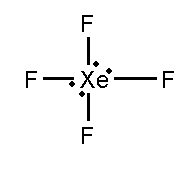
In this compound, the total number of atoms present in this structure is 4, lone pair present is 2.
Both the given compounds are not isostructural to each other.
C.
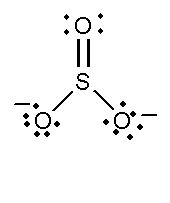
In this compound, the total number of atoms present in this structure is 4, lone pair present is 8. Two single bonds and one double bond is present. The total charge is -2.
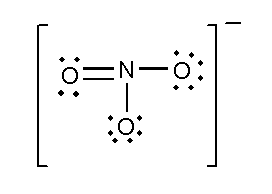
In this compound, the total number of atoms present in this structure is 4, lone pair present is 8. Two single bonds and one double bond is present. The total charge is -1.
Both the given compounds are not isostructural to each other.
D. D.

In this compound, the total number of atoms present is 4, the total number of lone pairs present is 9 and three single bonds are present.

In this compound, the total number of atoms present is 4, the total number of lone pairs present is 10 and three single bonds are present.
Both the given compounds are not isostructural to each other.
So, the correct answer is Option A.
Note: The correct option can also be found by the formula of hybridization which is shown below.
For
For
Complete step by step answer:
A.

In this compound, the total number of atoms present in this structure is 4, lone pair present is 7, minus charge shows that it contains extra electrons.

In this compound, the total number of atoms present in this structure is 4, lone pair present is 7.
Both the given structures are isostructural to each other.
B.

In this compound, the total number of atoms present in this structure is 4, lone pair present is 1.

In this compound, the total number of atoms present in this structure is 4, lone pair present is 2.
Both the given compounds are not isostructural to each other.
C.

In this compound, the total number of atoms present in this structure is 4, lone pair present is 8. Two single bonds and one double bond is present. The total charge is -2.

In this compound, the total number of atoms present in this structure is 4, lone pair present is 8. Two single bonds and one double bond is present. The total charge is -1.
Both the given compounds are not isostructural to each other.
D. D.

In this compound, the total number of atoms present is 4, the total number of lone pairs present is 9 and three single bonds are present.

In this compound, the total number of atoms present is 4, the total number of lone pairs present is 10 and three single bonds are present.
Both the given compounds are not isostructural to each other.
So, the correct answer is Option A.
Note: The correct option can also be found by the formula of hybridization which is shown below.
For
For
Recently Updated Pages
Master Class 11 Business Studies: Engaging Questions & Answers for Success

Master Class 11 Computer Science: Engaging Questions & Answers for Success

Master Class 11 Maths: Engaging Questions & Answers for Success

Master Class 8 Science: Engaging Questions & Answers for Success

Master Class 10 Computer Science: Engaging Questions & Answers for Success

Master Class 10 Social Science: Engaging Questions & Answers for Success

Trending doubts
1 ton equals to A 100 kg B 1000 kg C 10 kg D 10000 class 11 physics CBSE

Difference Between Prokaryotic Cells and Eukaryotic Cells

One Metric ton is equal to kg A 10000 B 1000 C 100 class 11 physics CBSE

What is the opposite of entropy class 11 chemistry CBSE

Proton was discovered by A Thomson B Rutherford C Chadwick class 11 chemistry CBSE

1 Quintal is equal to a 110 kg b 10 kg c 100kg d 1000 class 11 physics CBSE




